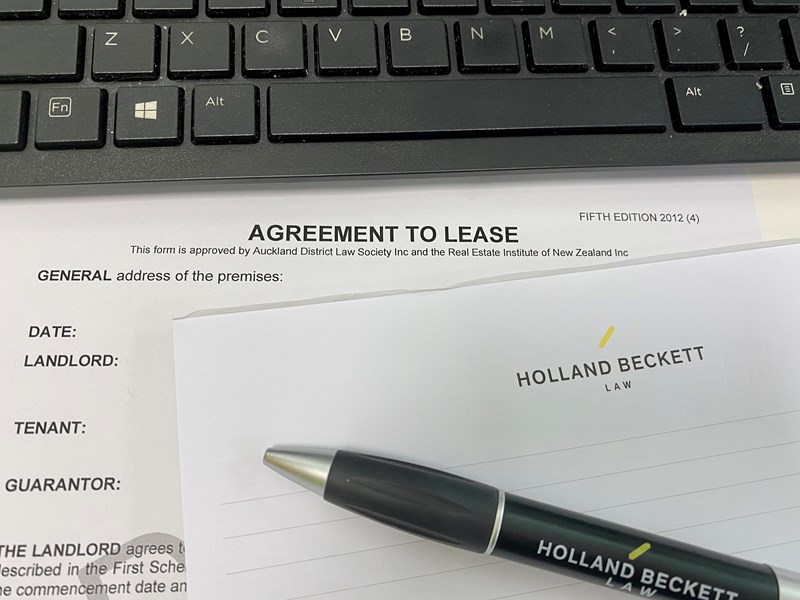Similar to the trend seen overseas, working remotely has become a more common and standard practice, which has impacted the way some businesses now operate in New Zealand. Accordingly, when tenants under commercial leases are reviewing their leasing requirements they may decide that they no longer require the same area of premises. This may lead to a tenant transferring their rights under a commercial lease to another party by way of an assignment or sublease. In order to determine which arrangement is best for your business and circumstances, it is important to understand the differences between the two.
A sublease is where the tenant (commonly referred to as the sublandlord) transfers part or all of the tenancy under the sublandlord’s existing lease to a third party. It is important to note that the sublandlord retains an interest in the premises and there is no direct contract between the headlandlord and the subtenant. As a result, the sublandlord is still responsible for all lease obligations but the subtenant pays a contribution for the part of the premises that they sublease from the sublandlord. The subtenant is responsible to the sublandlord for the lease obligations under the sublease. This type of arrangement is particularly common when the sublandlord no longer requires all of the leased premises and wishes to recover some of the costs under the headlease. It is vital to ensure that the timeframe for the sublease arrangement does not extend beyond the term under the headlease. If you are considering subleasing part of your premises, the first step would be reviewing your headlease terms to see if there are any restrictions on the area or any parts within the premises that can or cannot be sublet.
An assignment of a lease involves the new tenant (commonly referred to as the assignee) agreeing to take on all of the existing tenant’s (commonly referred to as the assignor) lease obligations. The transfer of the interest is for the remaining duration of the lease. While the assignment of lease terminates the assignor’s right to possession, the assignor’s liability under the lease commonly continues to the expiry of the current lease term unless provisions are included within the Deed of Assignment of Lease or negotiated with the landlord to provide otherwise. This liability also extends to any guarantors provided. However, the standard ADLS Deed of Assignment of Lease includes an indemnity from the assignee in favour of the assignor against any claims the landlord may raise against the assignor or the assignor’s guarantors.
Once you have established which option is best suited for your business’s circumstances you need to ensure that the headlease allows for an assignment or a sublease to be granted and approach your landlord for their consent to the assignment or sublease.
If you want to assign or sublease your commercial lease or have queries about your lease, please contact us to find out which option is best for you.








